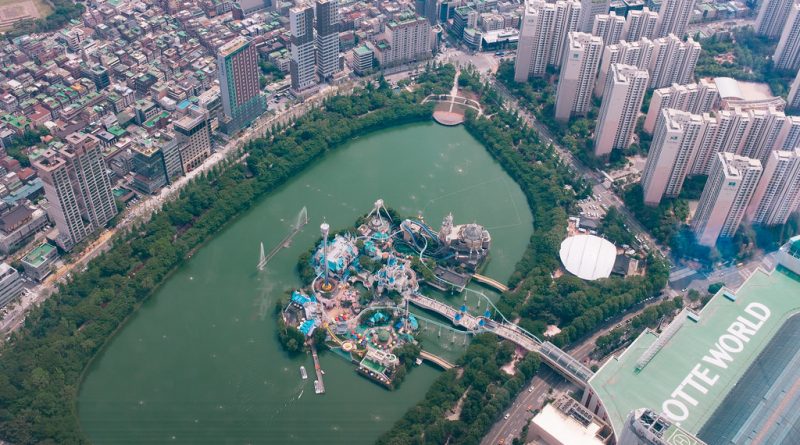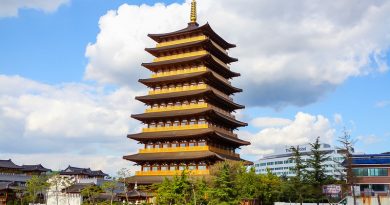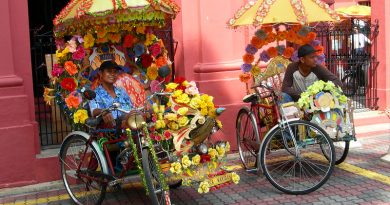Super Rides and Super Powers: Lotte World
Culture Facts
Where: Seoul, South Korea
What’s it about: Replica of Disney World in a curious reinvention, affirming the powers & philsophies of Korea’s big economic super powers
Go There for: Thrill seeking within the ultimate corporate world
Lotte World is South Korea in a nutshell – bizarre yet familiar. Lotte World in Seoul is the world’s largest indoor amusement park and it has its own ice skating rink, hotel, swimming pool and the Disney-clone Lotte World Adventure.
At Lotte World you can experience the quick thrills of bungee jumping, rides as bizarrely themed as Sinbad the Sailor and the French Revolution whilst on Adventure Island; a haunted house and gyro swing than simulates the sensation of being blown away by a tornado on Magic Island; and a traditional Korean Folk Museum. You will be greeted around the theme park by cats and bears who carry a striking similarity with America’s Disneyland walking cartoons. A number of giant animal characters that cross Disney with Jenga walk around the park, the main character being Lotty who “is always with us with his kind heart and bright dreams”.
Chaebols – the super powers
Lotte World is owned by Lotte – one of the chaebols, the major companies that dominate Korean life of which Samsung, Hyundai and Daewoo are the best known. They employ millions, the top 30 chaebols account for 50% of the GDP (gross domestic product – a measure in the change in the market value of goods, services and structures produced in the economy) and you can’t visit South Korea without escaping them. In the recent past they have been held accountable for pitching Korea into recession, but the Korean success story owes a great deal to their lasting successes. As a symbol of Korean modern culture and Seoul’s vibrancy, Lotte World is the best you can get.
Economy highs and lows
The Korean economic miracle is captured explicitly in Lotte’s success. As one of the Four Dragons of East Asia, South Korea has achieved an incredible record of growth. Three decades ago, its GDP per capita was comparable with levels in the poorer countries of Africa and Asia. Today its GDP rating is seven times higher than India and a staggering 13 times higher than its neighbours in North Korea and comparable to some countries in the EU. This success through the late 1980s was achieved by a system of close ties between the government and business, including directed credit, import restrictions, sponsorship of specific industries, and a strong labour effort. The government promoted the import of raw materials and technology at the expense of consumer goods and encouraged savings and investment over consumption.
The Asian financial crisis of 1997-9 exposed certain longstanding weaknesses in South Korea’s development model, including high debt/equity ratios, massive foreign borrowing, and an undisciplined financial sector. By 1999 it had recovered financial stability, turning a substantial decline in 1998 into strong growth in 1999. Seoul has also pressed the country’s largest business groups to swap subsidiaries to promote specialisation, and the administration has directed many of the mid-sized conglomerates into debt-workout programs with creditor banks. The major economic challenge for the next several years presumably is the maintenance of the pace of market reforms to restore the old growth pattern.
When you are in Seoul, if you get the chance swing past Lotte World.
RELATED LINKS
Lotte World
Official website with info on the spectacular rides, restaurants and the loveable Lotte World characters.
By Iain Overton




